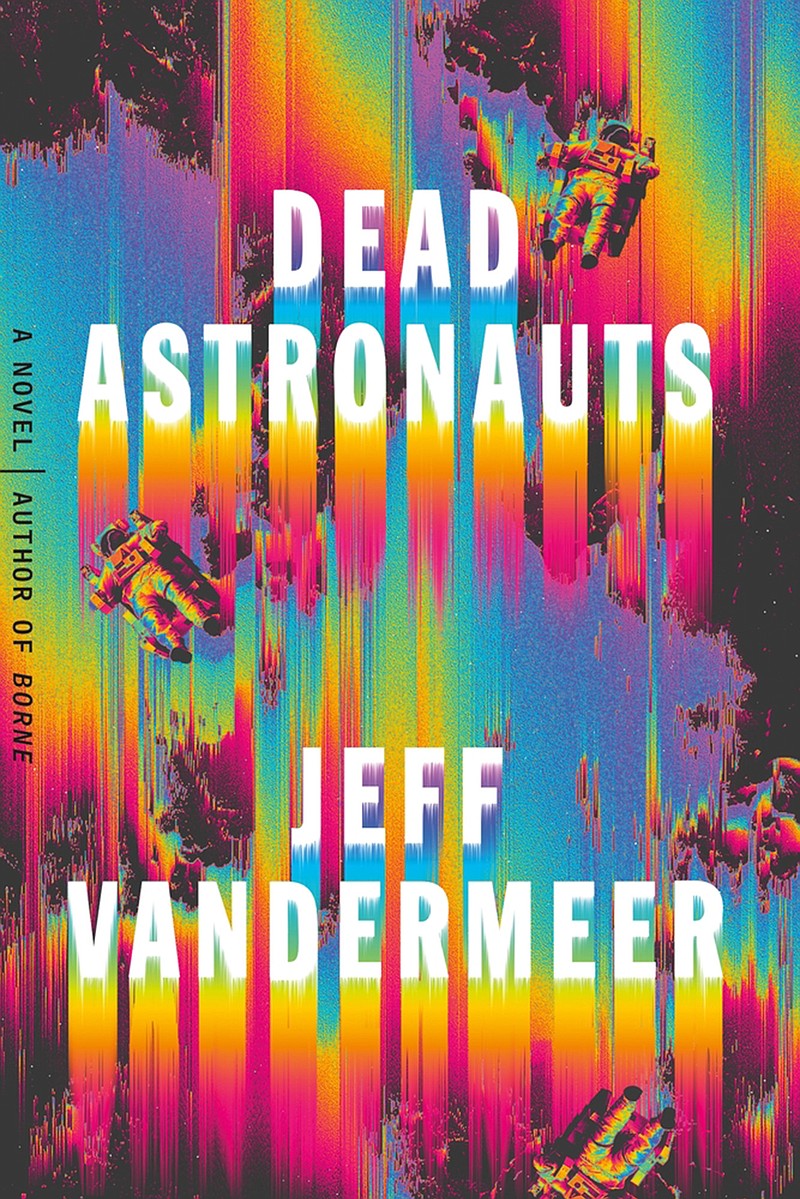What is the blue fox - a prophet, an alien, a demigod of nature, a hallucination, a genetic experiment gone wrong? If a wandering astronaut sees her own skeleton, turned relic in a city that changes form each time she enters it, does it signal her death or her immortality?
In Jeff VanderMeer's new novel, "Dead Astronauts," it's complicated.
Dubbed the "King of Weird Fiction" by the New Yorker, VanderMeer has always dodged literary categories, or mashed them up so exuberantly they seem irrelevant. His Southern Reach trilogy, for example, could be described as postapocalyptic speculative ecofiction with horror elements, more or less.
"Dead Astronauts" is a prequel of sorts to his 2017 novel, Borne, or maybe a sequel, or maybe it takes place in a parallel universe very like, and sometimes intersecting with, the one in Borne. If that makes you uncomfortable, you ain't seen nothing yet.
The first half of "Dead Astronauts" focuses on a trio of well, people is not exactly the word. Most human is "a tall black woman of indeterminate age named Grayson. She had no hair on her head because she liked velocity. Her left eye was white and yet still she could see through it; why shouldn't she?"
One of her companions is Chen, a stocky man from a country that doesn't exist anymore; he thinks in equations and poetry and has a tendency to dissolve into salamanders. The other is Moss, who, although she "presents" as an attractive young woman, is both a time traveler and exactly what her name suggests: a plant, albeit one that can do a lot of very unplantlike things.
In a story whose timeline folds in upon itself like an origami centipede, the three cross a barren landscape to enter the City, a ruin laid waste by the activities of the Company. What city, what company? It doesn't matter. The Company, blindly chasing profits as companies do, came to focus upon biotechnology but lost control in spectacular fashion.
The mastermind of that disaster was a man called Charlie X, who created Moss and Chen and countless other creatures, including a savage duck with a broken wing. The trio's quest is revenge upon Charlie X, a quest that they have enacted over and over, like avatars in some nightmarish video game (or fictional characters who have gained self-awareness as their author revises and re-revises the plot).
"Each had had the experience of self-annihilation," VanderMeer writes. "Chen had killed Chen. Moss had absorbed Moss. Grayson had killed them both. Moss had killed Chen. Chen Moss. Thus their intimacy had become exponential, along with their sadness and their regret."
In the second half of the book, other voices fill in their views of the story. Grayson, Moss and Chen often encountered "the leviathan almost one hundred years old. Called it Botch, after a long-dead painter. But it wasn't Botched. That was just a personal lexicon, the dark humor of reluctant soldiers."
The gigantic creature's purpose was to live in the poisonous pools outside the Company's facility and consume all its mistakes, manipulated organisms gone horribly wrong. Leviathan tells its story in chapters of fragmented imagery and poetry.
In the book's most linear chapters, a homeless woman called Sarah finds a journal that might be an antique, or a missive from the future, and tries to make sense of it and of her own life. We learn the wrenching history of Charlie X and the duck with the broken wing. And we hear from that blue fox, too.
"Dead Astronauts" is VanderMeer's most formally experimental novel, and his most challenging. But it also echoes his constant themes, offering us a vision of a future in which disregard for environmental degradation has the direst of consequences - at least for the species that caused it. For the foxes, things might work out.

